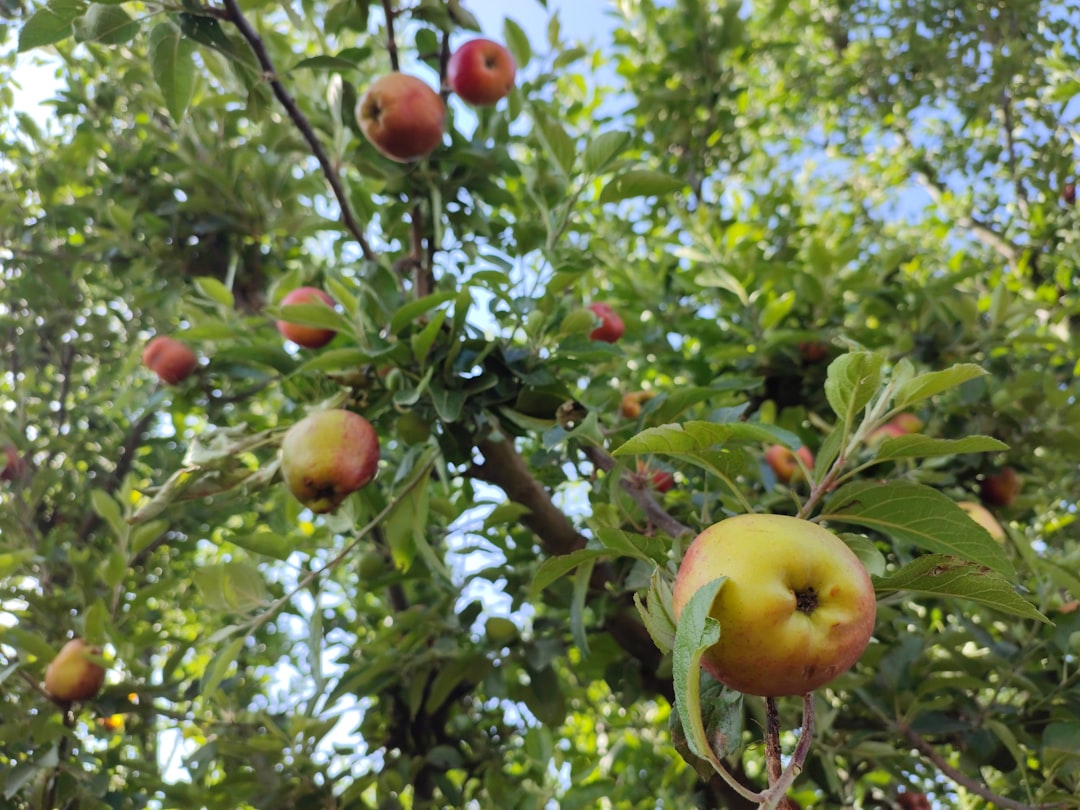Unleashing the Magic of Spider Plant Propagation

Houseplants have become an integral part of modern living, adding a touch of nature and tranquility to our indoor spaces. Among the many popular houseplants, spider plants stand out for their beauty, resilience, and air - purifying qualities. One of the most exciting aspects of having spider plants is the ability to propagate them easily, allowing you to expand your plant collection or share these lovely plants with friends and family.
Spider plants, scientifically known as Chlorophytum comosum, are native to South Africa. They are characterized by their long, arching leaves that are often variegated with white or yellow stripes. These plants are incredibly adaptable and can thrive in a wide range of conditions, making them a favorite among both novice and experienced gardeners.
The propagation of spider plants is a straightforward process that takes advantage of the plant's natural reproductive strategy. Spider plants produce long, thin shoots called runners or stolons. Along these runners, small plantlets, often referred to as "babies," develop. These babies are essentially miniature versions of the mother plant and are fully capable of growing into independent plants.
To start the propagation process, you first need to identify healthy spider plant babies. Look for plantlets that have several leaves and a small root system starting to form. You can leave the baby attached to the mother plant for a while longer to allow the roots to develop further, or you can go ahead and separate it when it has just a few roots.
There are two common methods for propagating spider plants: water propagation and soil propagation. Let's take a closer look at each method.
Water Propagation
Water propagation is a popular choice because it allows you to observe the root development process. To propagate a spider plant in water, follow these steps:
- Prepare a clean glass or jar. Fill it with room - temperature water. Make sure the water is free of any chemicals or contaminants.
- Carefully cut the baby spider plant from the runner using a sharp, clean pair of scissors or pruning shears. Make the cut as close to the baby as possible without damaging it.
- Place the baby spider plant in the water, ensuring that the roots are fully submerged. You can use a small piece of tape or a toothpick to hold the plant in place if needed.
- Put the glass or jar in a location with bright, indirect light. Avoid direct sunlight, as it can cause the water to heat up and damage the plant.
- Change the water every few days to keep it fresh and oxygenated. After a few weeks, you should start to see new roots growing from the base of the baby plant.
- Once the roots are about an inch or two long, you can transplant the baby spider plant into a pot filled with well - draining potting soil.
Soil Propagation
Soil propagation is a more traditional method and can sometimes result in a stronger root system. Here's how to do it:
- Prepare a small pot with well - draining potting soil. You can use a commercial potting mix specifically formulated for houseplants or make your own by combining equal parts peat moss, perlite, and vermiculite.
- Cut the baby spider plant from the runner as described above.
- Make a small hole in the soil using your finger or a pencil. Gently place the baby spider plant in the hole, making sure the roots are covered with soil.
- Press the soil around the base of the plant to secure it in place. Water the soil lightly to moisten it, but be careful not to overwater.
- Place the pot in a location with bright, indirect light. Keep the soil slightly moist but not soggy. After a few weeks, the baby spider plant should start to establish itself in the soil and grow new leaves.
After propagating your spider plants, it's important to provide them with the right care. Spider plants prefer bright, indirect light and well - draining soil. Water them when the top inch of soil feels dry to the touch. Fertilize the plants every few months during the growing season with a balanced, water - soluble fertilizer.
Propagating spider plants is not only a fun and rewarding activity but also a great way to expand your indoor garden. With a little patience and care, you can turn one spider plant into many, creating a lush and vibrant indoor oasis. So, the next time you see those cute baby spider plants on the runners, don't hesitate to give propagation a try!